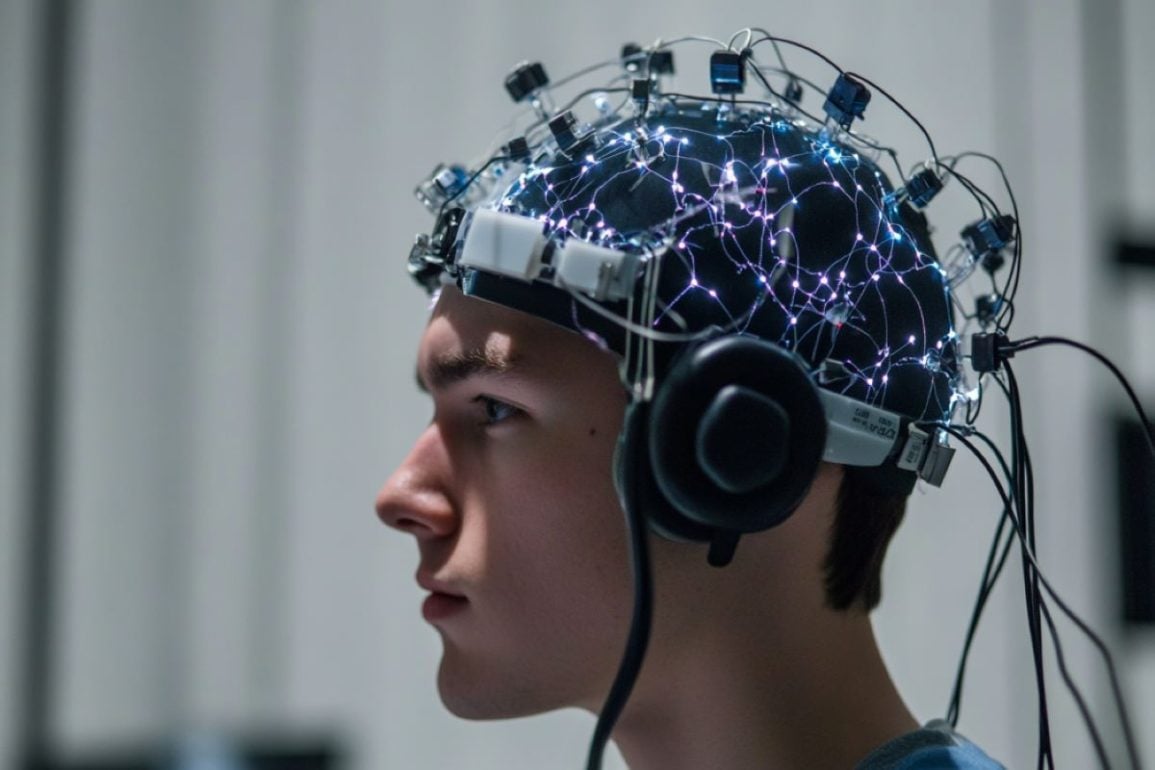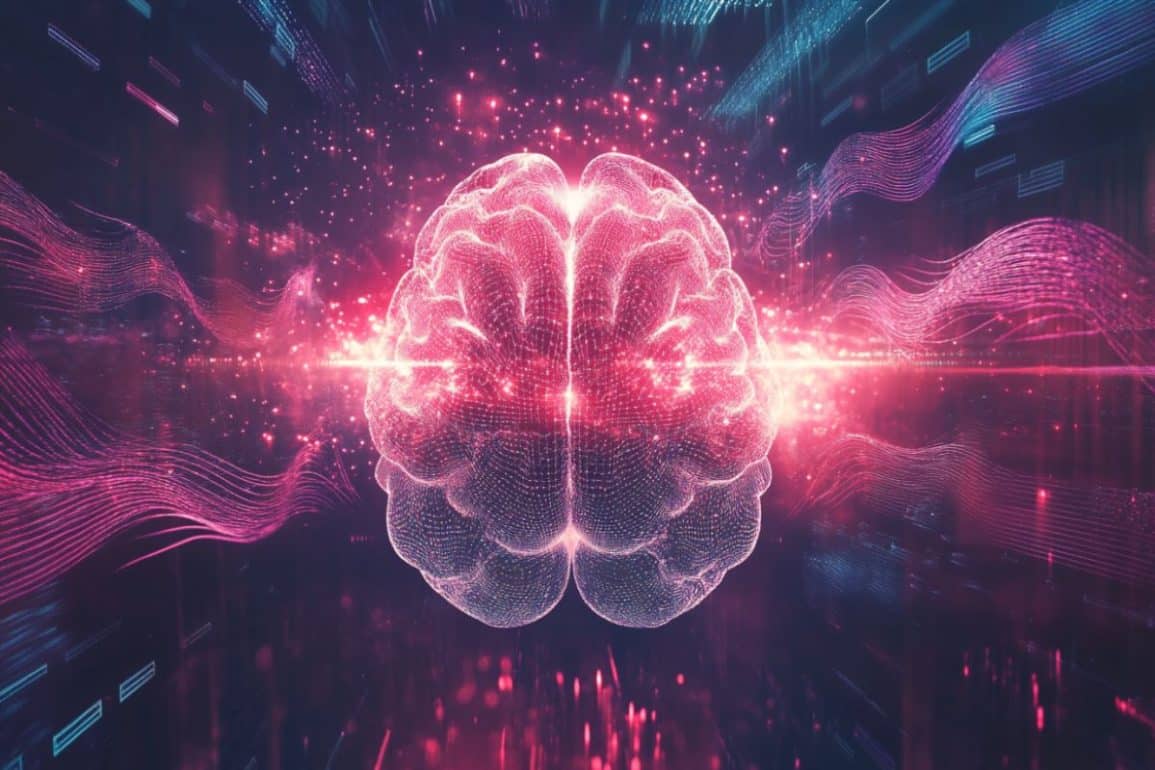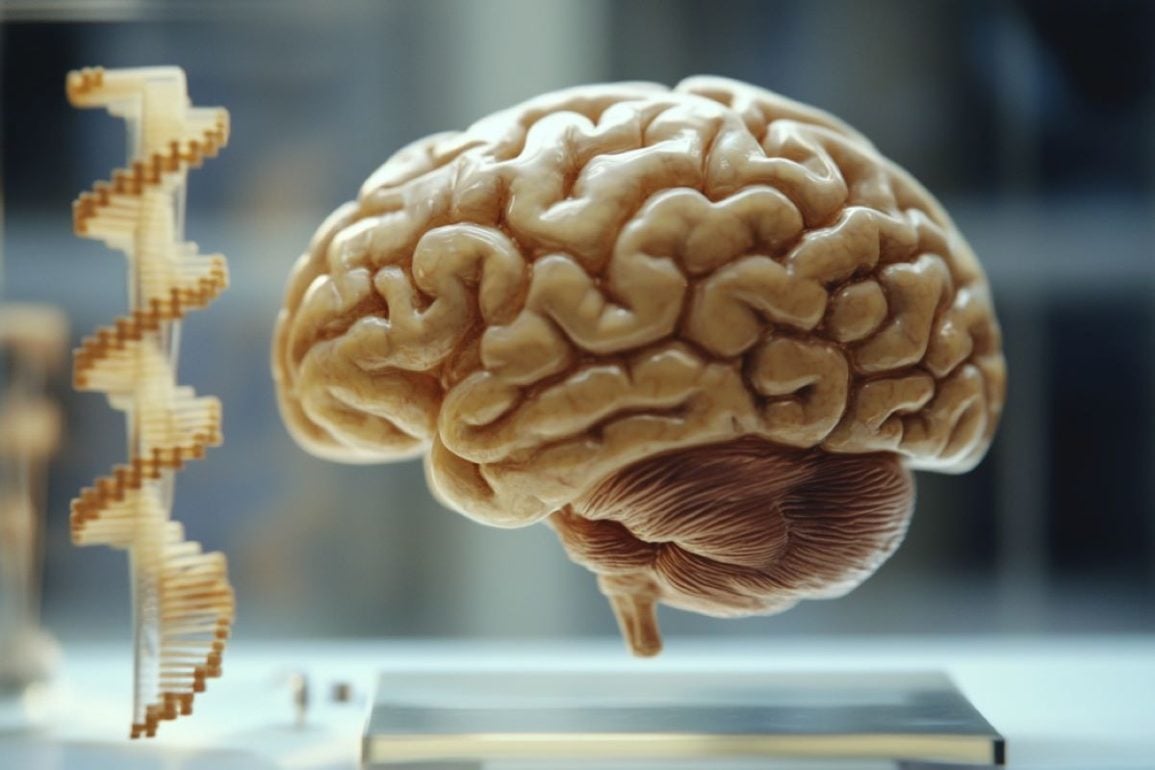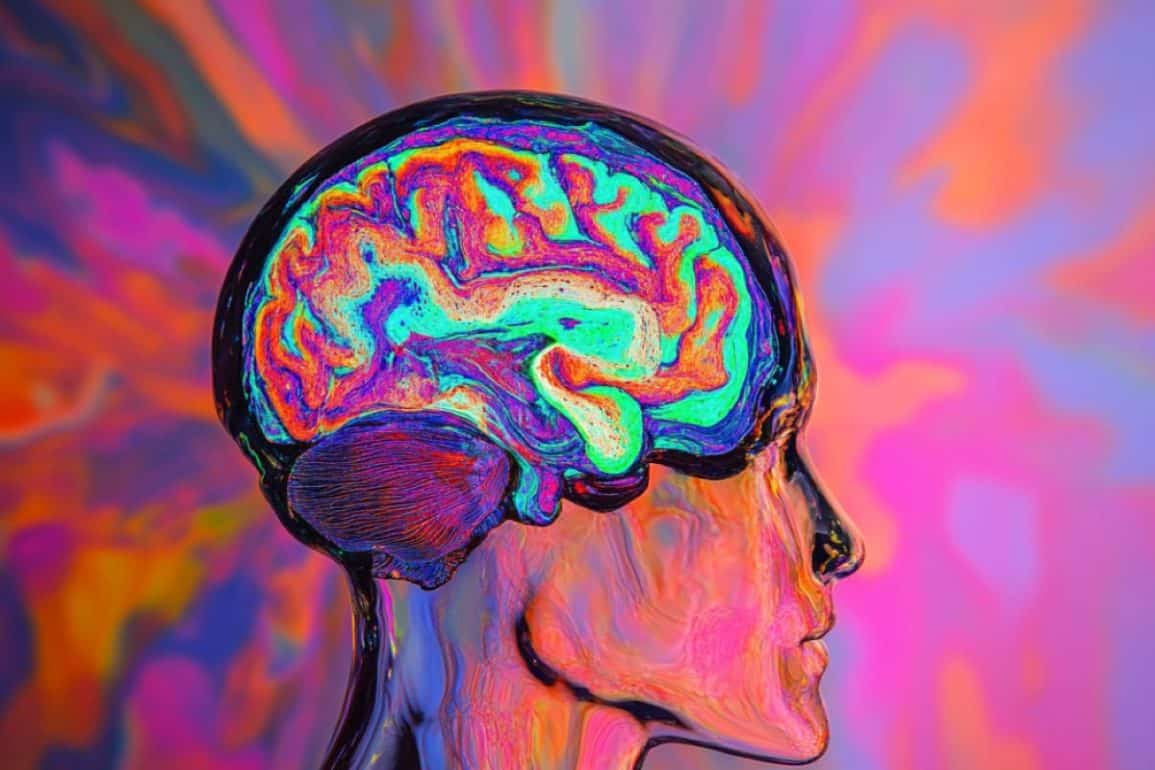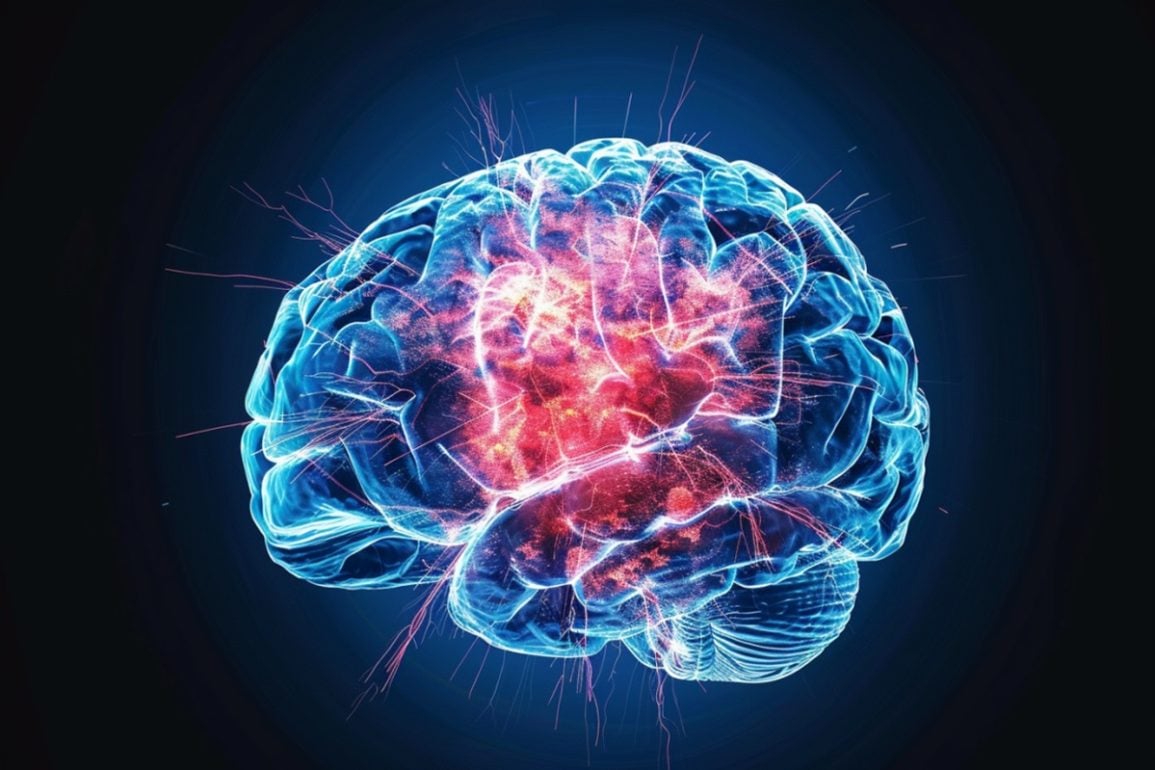Combining Imaging Techniques to Uncover Brain Microstructure Insights
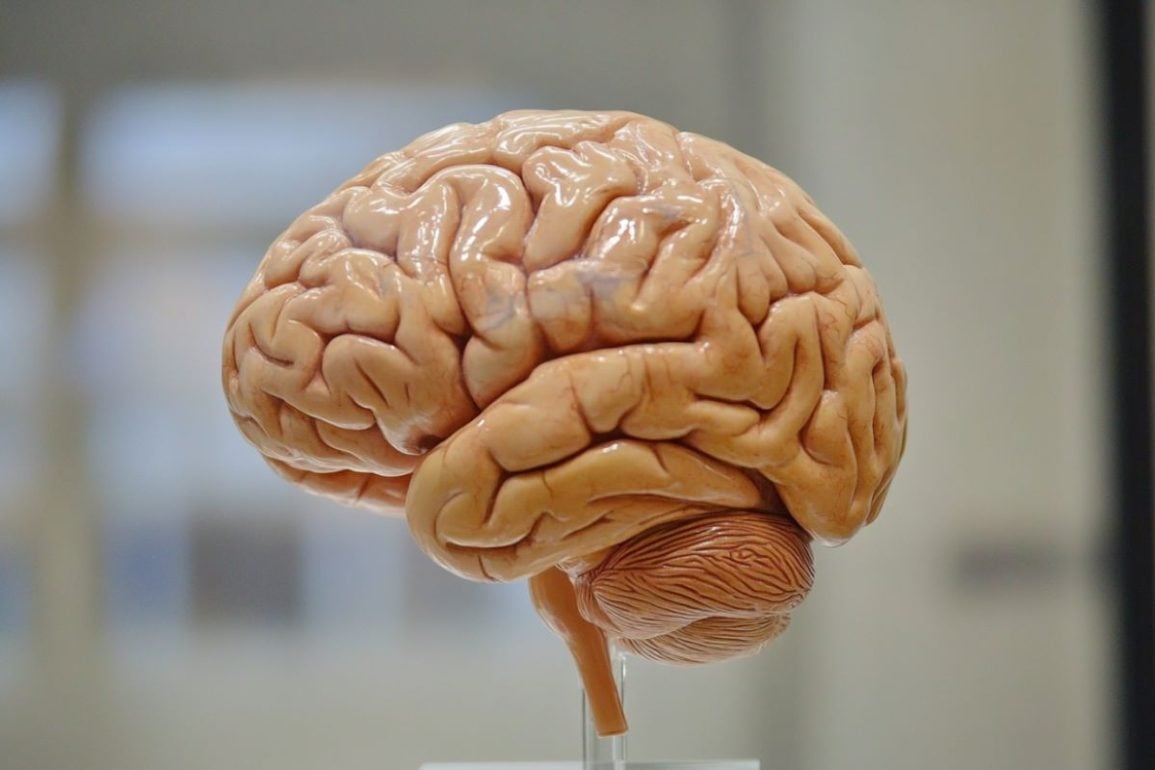 A new study compared two advanced imaging methods, dMRI-based tractography and PS-OCT, to map nerve fiber orientations in the human brainstem. The findings suggest that combining these techniques could enhance our understanding of brain microstructure, which may lead to early detection of neurodegenerative diseases.
A new study compared two advanced imaging methods, dMRI-based tractography and PS-OCT, to map nerve fiber orientations in the human brainstem. The findings suggest that combining these techniques could enhance our understanding of brain microstructure, which may lead to early detection of neurodegenerative diseases. 
